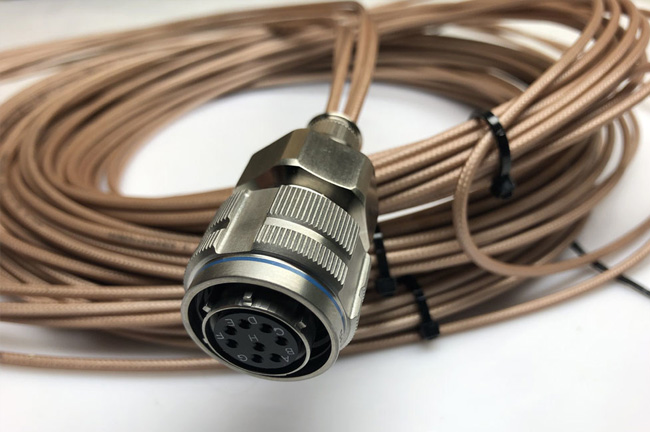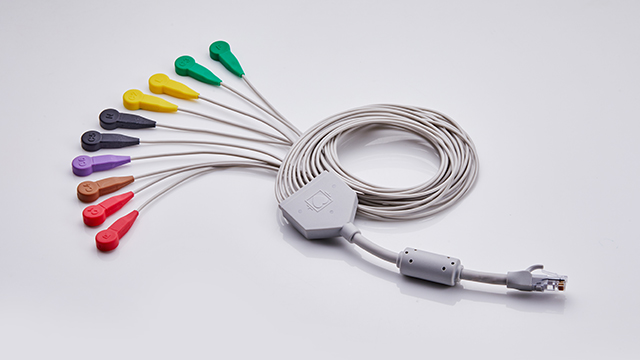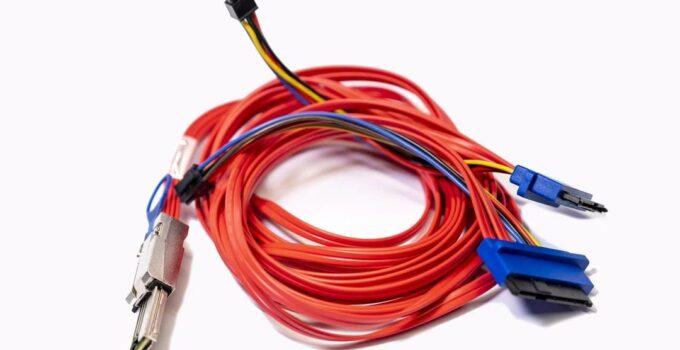Custom cable assemblies have become an integral part of our everyday lives, often functioning in the background and unacknowledged. They’re the unsung heroes of the digital era, wiring our world to keep us connected and our technology running smoothly. As the name suggests, custom cable assemblies are unique to the systems they serve, and designed to meet specific requirements and environments. They are an assembly of cords or wires which transmit electrical power or signals, often encased in exterior sheathing for protection and durability.
For industries as varied as automotive, medical, telecommunications, military, and data processing, custom cable assemblies play a key role. These tiny marvels of engineering ensure the reliable and efficient functioning of devices, equipment, and systems. They can range from simple setups with only a few wires to complex configurations that include hundreds of parts, demonstrating their versatility and adaptability in a multitude of applications.
The Importance of Wiring in the Digital Era
We are living in a digital era marked by an explosion of devices, from smartphones to laptops, drones to Internet of Things (IoT) sensors. This proliferation of devices and the increased data they generate necessitate robust and reliable wiring solutions. That’s where custom cable assemblies from circuitassembly.com shine.
These custom solutions not only enable connectivity but also support the functionality and efficiency of the devices. They allow for seamless communication between devices, ensuring uninterrupted data flow. In addition, they help minimize noise, reduce system losses, and enhance signal integrity. Without efficient wiring, we wouldn’t be able to enjoy high-speed internet, high-quality audio and video streaming, and the seamless interconnectivity that we take for granted today.
Understanding The Technology
Delving deeper into the technology, custom cable assemblies are composed of several components. They include the cables themselves, connectors, strain relief devices, and protective sheathing. The choice of materials and design depends on the application for which the assembly is intended.
The connectors can range from simple plugs to complex multi-pin configurations, while the cables can be single or multi-conductor, shielded, or unshielded, depending on the requirements. Strain relief devices, which protect the cables from physical stress, and protective sheathing, which guards against environmental factors like heat, moisture, and abrasion, add to the durability and longevity of the assemblies.
Benefits in Digital Applications

Source: meridiancableassemblies.com
These include superior performance, durability, reliability, and space optimization. As they’re designed to meet specific requirements, they can withstand the operational and environmental challenges of the particular application.
For instance, assemblies used in medical devices need to be bio-compatible, resistant to sterilization processes, and often miniaturized to fit within the confines of the device. Similarly, assemblies for automotive applications must be able to withstand vibrations, temperature extremes, and exposure to automotive fluids. Custom assemblies can be tailored to meet these stringent requirements, ensuring optimal performance and longevity.
Types of Assemblies and Their Functions
Custom cable assemblies come in various forms, including ribbon, coaxial, multi-conductor, and fiber optic cables, each serving a unique purpose. Ribbon cables are used for applications where space is limited. Coaxial cables, with their superior noise immunity, are ideal for transmitting radio frequency signals. Multi-conductor cables find use in applications that require multiple circuits, while fiber optic cables, which transmit signals as light, are the go-to choice for high-speed data transmission over long distances.
Factors to Consider in Designing Custom Cable Assemblies
Designing a custom cable assembly involves careful consideration of factors like the application, environmental conditions, electrical requirements, mechanical constraints, and regulatory standards. The right selection of cables, connectors, and other components is critical to the performance and safety of the assembly. It’s also essential to factor in the assembly process, which can affect the overall cost and lead time of the assembly.
Challenges and Solutions
Despite their advantages, implementing custom cable assemblies can present challenges. These include higher upfront costs, longer lead times, and the need for rigorous testing and validation. However, these challenges can be effectively managed with careful planning, expert design, and stringent quality control measures. Investing in custom solutions can result in significant long-term benefits, such as lower maintenance costs, reduced downtime, and improved system performance.
Case Studies: Real-World Applications of Custom Cable Assemblies

Source: cambus-tw.com
In the telecommunications industry, custom cable assemblies play a pivotal role in ensuring high-speed data transmission, reliable network connections, and efficient signal distribution. In the healthcare sector, these assemblies are utilized in medical devices and equipment, enabling accurate diagnostics, precise monitoring, and lifesaving interventions. They find applications in automotive systems, powering various electronic components and supporting communication between different vehicle systems. In industrial settings, these assemblies facilitate efficient automation, enabling seamless connectivity between machines, sensors, and control systems. The diverse range of case studies highlights the versatility and significance of these assemblies in enabling connectivity and powering technological advancements across numerous industries.
Future Trends and Innovations
With rapid advances in technology and the ever-increasing demand for seamless connectivity across various industries, the custom cable assembly market is poised for significant growth in the coming years. As the digital era unfolds, the future of custom cable assemblies holds immense potential. One of the key trends anticipated is miniaturization, where cables and connectors become smaller and more compact, enabling efficient and space-saving installations.
Moreover, the integration of smart features within assemblies is expected to gain prominence. These intelligent cords will be capable of transmitting and receiving data, while also incorporating functionalities such as power management, temperature sensing, or even embedded microprocessors. This integration of intelligence into cable assemblies will enable enhanced monitoring, control, and communication capabilities in a wide range of applications.
Furthermore, the development of materials and designs that can withstand harsher environments and support higher data rates is a crucial focus area. As technological advancements continue, the need for robust and resilient assemblies becomes paramount. These cables will need to withstand extreme temperatures, moisture, vibrations, and other challenging conditions without compromising performance or reliability.
Conclusion
In conclusion, custom cable assemblies are fundamental to the digital era, enabling connectivity and ensuring the efficient functioning of devices and systems. By understanding their technology, benefits, and applications, we can better appreciate their role in wiring our world. As we look to the future, it’s clear that custom cable assemblies will continue to evolve, driving innovation and connectivity in the digital age.







